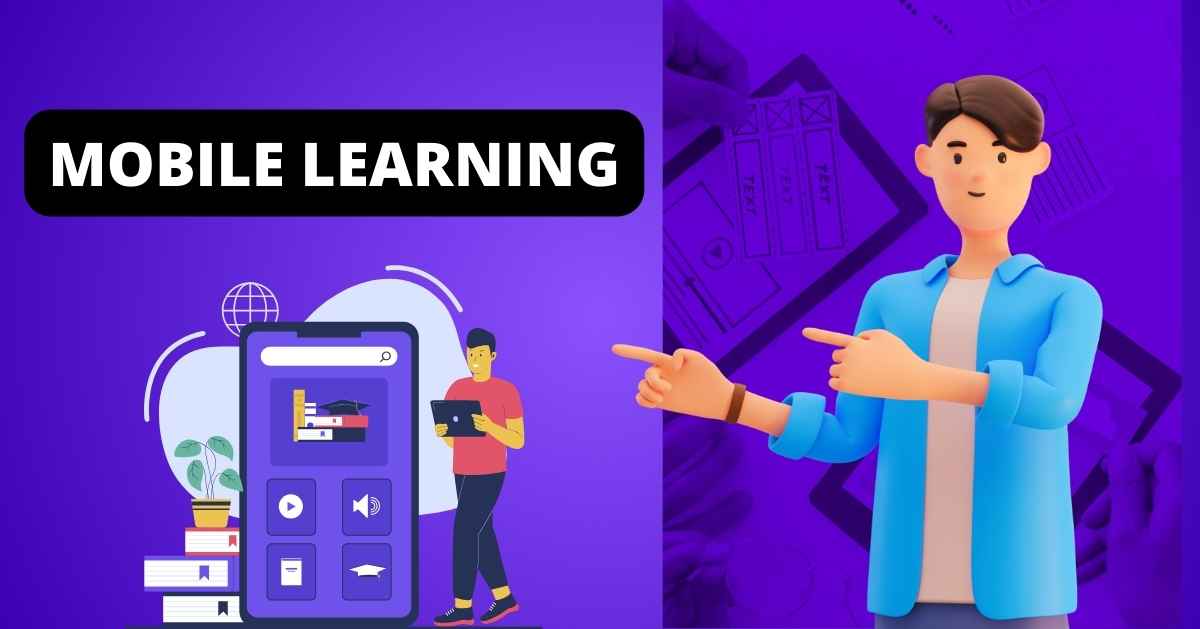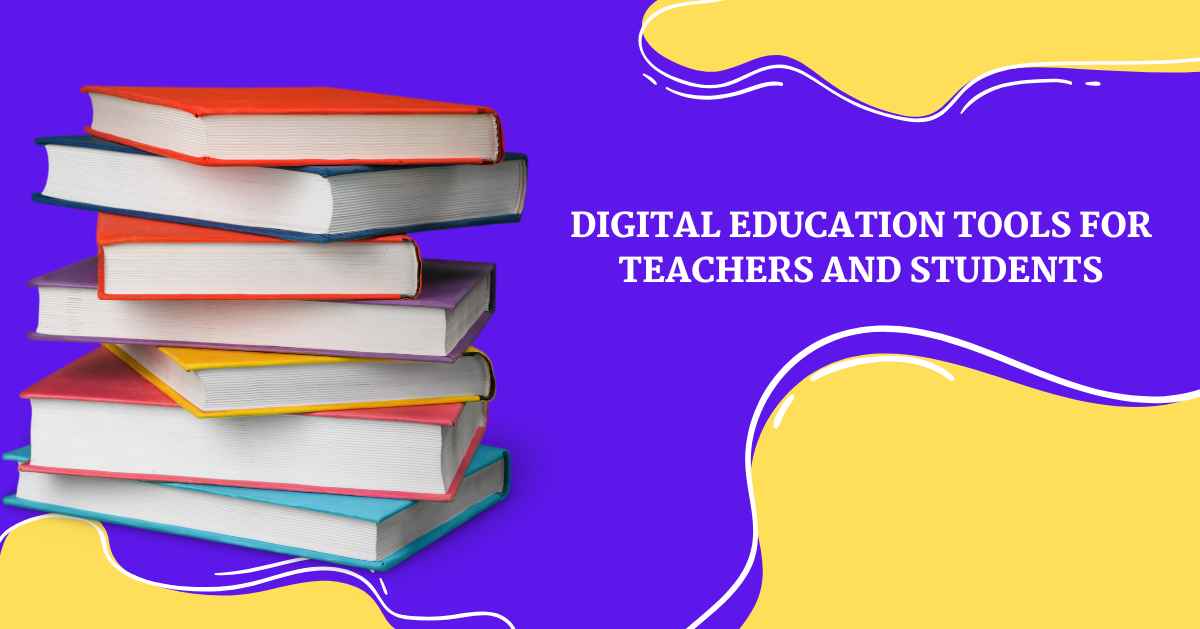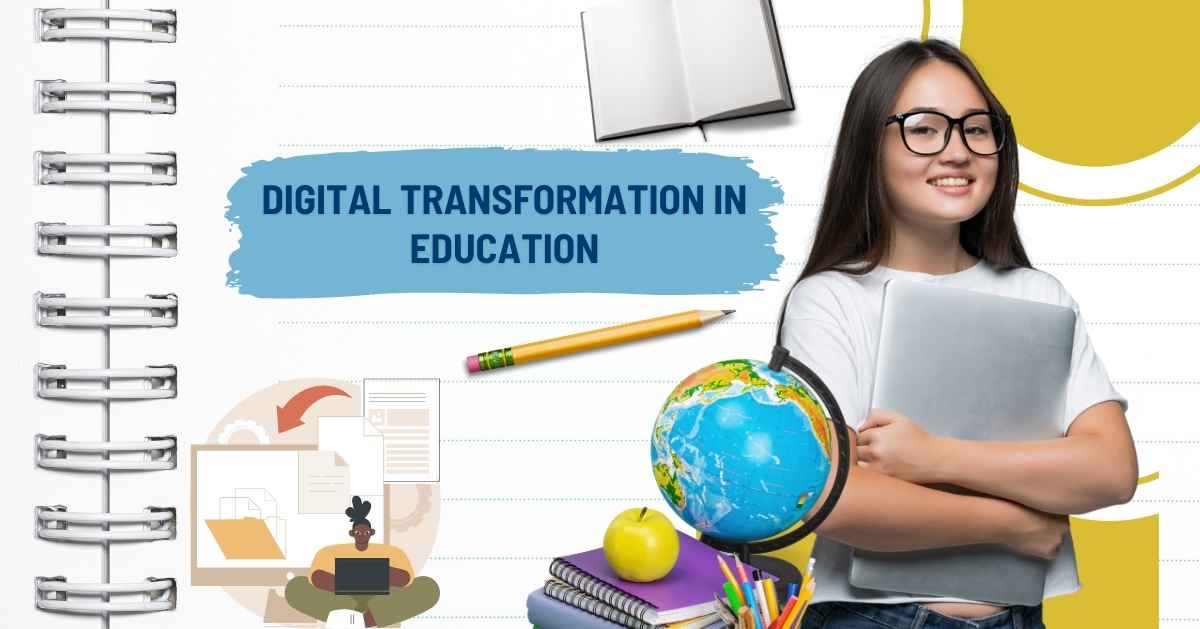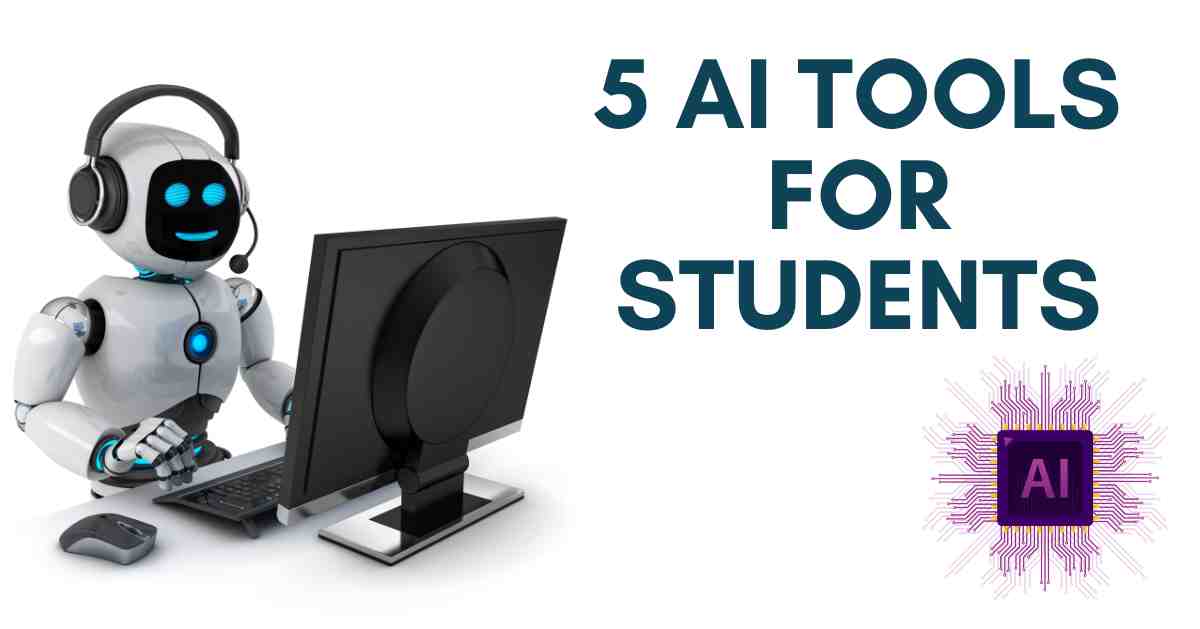Mobile Learning: Learn Anytime, Anywhere

Mobile learning allows you to access educational content anytime, anywhere. Phones are no longer just for calls, texts, games, or shopping. With mobile learning, you can learn outside of traditional classrooms, improving your skills whenever and however you want.
What Is Mobile Learning?
Mobile learning, or m-learning, means using mobile devices like smartphones, tablets, and laptops to learn. This way, you can access educational content anytime and anywhere, not just in a classroom.
With mobile learning, you can study at your own pace and on your schedule. This makes it perfect for people who need to keep learning in a busy, connected world.
Mobile learning includes different formats and interactive features, making learning more engaging and suited to different styles. It is also great for distance learning and providing education in remote areas where schools and other learning facilities are not available.
Key Characteristics of Mobile Learning (mLearning)
- Accessibility: Students can access learning materials anytime, anywhere with a mobile device and internet connection. This makes learning possible outside traditional classrooms.
- Flexibility: Learners can study at their own pace and schedule, accommodating different learning styles and needs.
- Interactive and Engaging: Many mLearning apps use quizzes, simulations, and games to make learning fun and engaging.
- Collaborative Learning: Mobile devices allow students to interact and work together through forums, chat rooms, and other tools, enhancing peer learning and real-time feedback.
- Multimedia Integration: mLearning uses text, audio, video, and interactive graphics to cater to different learning preferences and improve information retention.
- Just-in-Time Learning: mLearning provides specific information when learners need it, like during a task or project.
- Personalization: Advanced mLearning platforms use adaptive technologies to tailor content and pace each learner’s progress.
- Continuous Assessment: mLearning platforms often include continuous assessments and feedback, helping learners and educators monitor progress and adjust strategies.
- Ubiquitous Learning: mLearning supports seamless learning across different devices, allowing learners to switch devices without interrupting their learning.
- Cost-effectiveness: mLearning can reduce costs for schools and students by minimizing the need for physical materials and enabling scalable online delivery.
[Read More: Exploring the Pros and Cons of Mobile Technology]
How Is Mobile Learning Different from eLearning?
| Feature | Mobile Learning (m-Learning) | eLearning |
| Device Usage | Uses mobile devices like smartphones and tablets | Accessed through desktops, laptops, or larger devices |
| Accessibility | Accessible anywhere with mobile data or Wi-Fi | Requires stable internet and is often used in fixed locations like homes or offices |
| Content Design | Bite-sized and segmented for easy consumption on small screens | More extensive and detailed, suitable for longer study sessions |
| Interactivity | Includes interactive elements like swiping and tapping | May include interactive elements, generally designed for mouse and keyboard interaction |
| Flexibility | Highly flexible, allowing for intermittent and spontaneous access | More structured, often requiring dedicated time blocks for effective learning |
| Learning Context | Ideal for just-in-time learning and quick refreshers | Better suited for comprehensive and in-depth study sessions |
| Connectivity Needs | Optimized for variable internet speeds, often with offline capabilities | Typically requires consistent and high-speed internet connectivity |
Advantages and Disadvantages of Mobile Learning
Mobile learning (m-learning) is popular among millennials and tech-savvy people. They like quick access to information and using devices to learn on the go.
Advantages of Mobile Learning:
1. Accessibility:
- You can add captions, audio, and subtitles, making learning easier for people with visual or hearing difficulties, dyslexia, or those learning a new language.
- This makes m-learning one of the most inclusive ways to learn.
2. Learn at Your Own Pace:
- M-learning lets you study at your speed and style.
- You can take breaks and come back to where you left off. You can also review material as often as needed.
3. Promotes Engagement:
- Learning Management Systems (LMS) provide data on how learners interact with content, like completion rates and quiz results.
- This helps improve training and shows its effectiveness.
4. Supports Different Learning Styles:
- M-learning can include text, images, and podcasts, catering to various preferences.
- Text is straightforward, images are impactful, and podcasts are easy to create and share.
5. Up-to-Date Content:
- Online materials are easy to update.
- You can quickly add new modules or changes, keeping content current and relevant.
Disadvantages of Mobile Learning:
1. Increased Screen Time:
- Too much screen time can cause eye strain and other health issues. Balance screen use with human interaction.
2. Distractions:
- Mobile devices can be distracting with social media and other apps. Learners need to stay focused.
3. Lack of Social Interaction:
- In-person feedback and connection are missing in m-learning, which some learners find helpful.
4. Device Compatibility:
- Different devices and operating systems can cause issues. Some learners may have trouble accessing certain content.
M-learning vs. E-learning:
Devices:
- E-learning is on laptops and desktops.
- M-learning is on smartphones and tablets.
Content:
- E-learning offers detailed courses.
- M-learning provides short, on-the-go materials.
Course Length:
- M-learning courses are shorter, often 3 to 10 minutes.
Design:
- E-learning can use complex designs.
- M-learning has simpler, easy-to-navigate designs.
Challenges of Mobile Learning
Distractions: Mobile devices can be distracting due to constant text messages and notifications. Learners need self-discipline to focus on their studies.
To combat this, make your training interactive and engaging to help learners ignore distractions.
Smaller Screen: Mobile learning might not be ideal for all content types. Detailed images or technical topics may not display well on small screens.
For tasks that need more visualization and detail, a larger screen might be better.
Network Issues: In remote areas with poor network coverage, internet access can be unreliable, disrupting the mobile learning experience.
Conclusion
Mobile learning offers flexible, accessible education through smartphones and tablets. It enhances engagement with interactive content and supports diverse learning styles. Despite challenges like distractions and network issues, its benefits in accessibility and personalized learning make it a valuable tool for modern education and lifelong learning.






